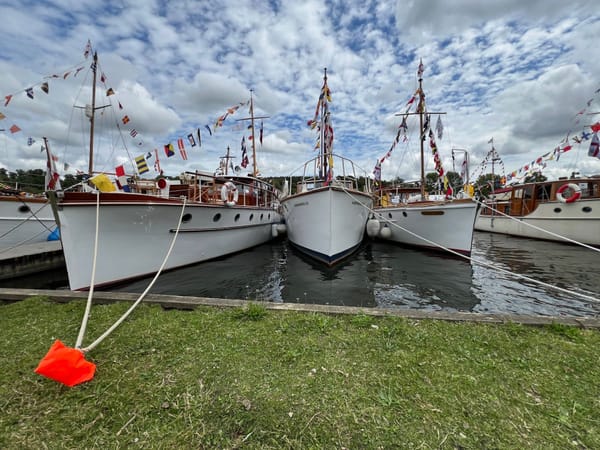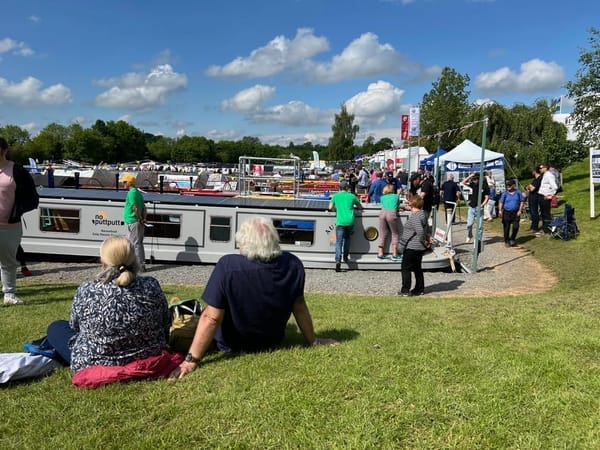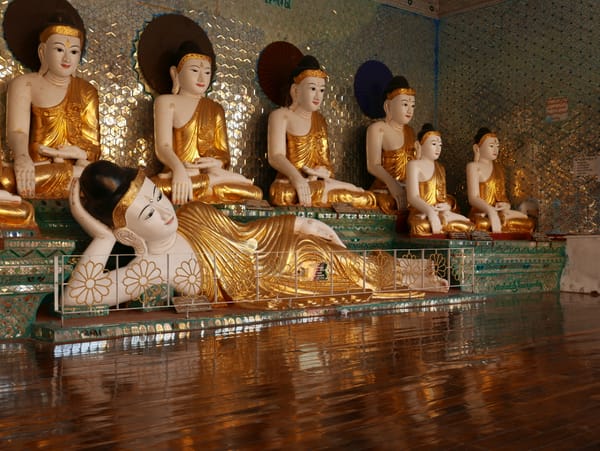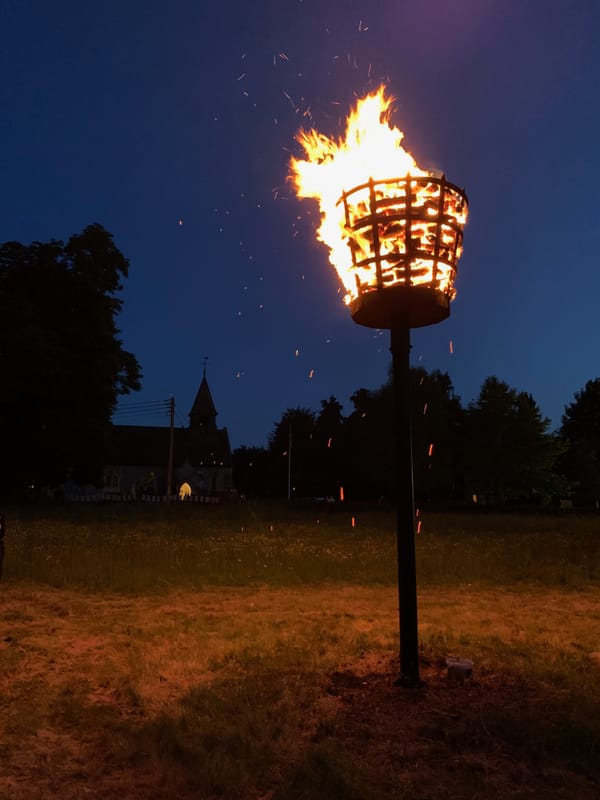Bali — Pura Taman Ayun, Bali, Indonesia
A visit to a Royal Water Temple
August 2015
My first full day in Bali, and time to start exploring.
The weather was dull, so not ideal for taking photographs.
I had arranged for Ubud Taxis to pick me up at Gajah Biru Bungalows at 9 am and to drive me around for the day, visiting various local sites — mainly temples and other tourist attractions.
The first stop was Pura Taman Ayun, about 35 minutes from Ubud. The temple is in the village of Mengwi, about 18 km west of Denpasar.
Pura Taman Ayun is a Royal Water Temple, and an onsite plaque states:
”The Cultural Landscape of Bali Province: The Subak System as a manifestation of the Tri Hita Karana Philosophy, consists of Supreme Water Temple Pura Ulun Dana Batur and Lake Batur, Subak, Landscape of Pakerisan Watershed, Subak Landscape of Catir Angge Batukaru, and Royal Temple of Taman Ayun has been inscribed upon the World Heritage List of the Convention concerning the Protection of the World Cultural and Natural Heritage. Inscription on this List confirms the outstanding universal value of a cultural or natural property which deserves protection for the benefit all humanity.”
And I must admit that apart from the site being of international interest and should be preserved; I was unsure what that meant.
The entry cost was 15,000 (£0.75 UK; $1 U.S.), and menstruating women were not allowed to enter the temple complex.
There were no information boards, but there was a small leaflet explaining the complex’s history. There were also guides available.
The temple’s history is closely associated with the beginning of the Rajadom of Mengwi in 1627. The temple was built in 1634 during the rule of the first Raja Mengwi — l Gusti Agung Ngurah Made Agung (later known as lda Cokorda Sakti Belambangan).
The temple became a place of worship for the Royal Family, and their final resting place in the Gedong Paibon shrine, one of many shrines in the temple complex. The other shrines were dedicated to other temples in Bali and acted as ‘conduits’ to allow worshippers at Pura Taman Ayun to connect ceremonies at the other temples.
Pura Taman Ayun, like most Balinese temples, had three connected temple yards. The innermost sanctum was the "Utama Mandala" (the highest circle), the middle yard was the “Madia Mandala" (the circle in between) and the outer “Nista Mandala” (the humblest circle). The gateway between the outer and middle yards was a split gate called the Candi Bentar, and to enter the innermost sanctum, you pass through the raised Kori Agung (Paduraksa) gateway.
In the 1890s, war broke out between the Rajas of Badung and Mengwi, with the Raja of Mengwi losing. As a result, the temple fell into disrepair. In 1911 members of the Raja of Mengwi family returned to the area and restored the temple. On the 20th of January 1917, an earthquake caused severe damage to the temple.
Today, the temple is still maintained by members of the Raja of Mengwi family, with help from a committee.
The photograph below shows the main moat of the Pura Taman Ayun Temple.
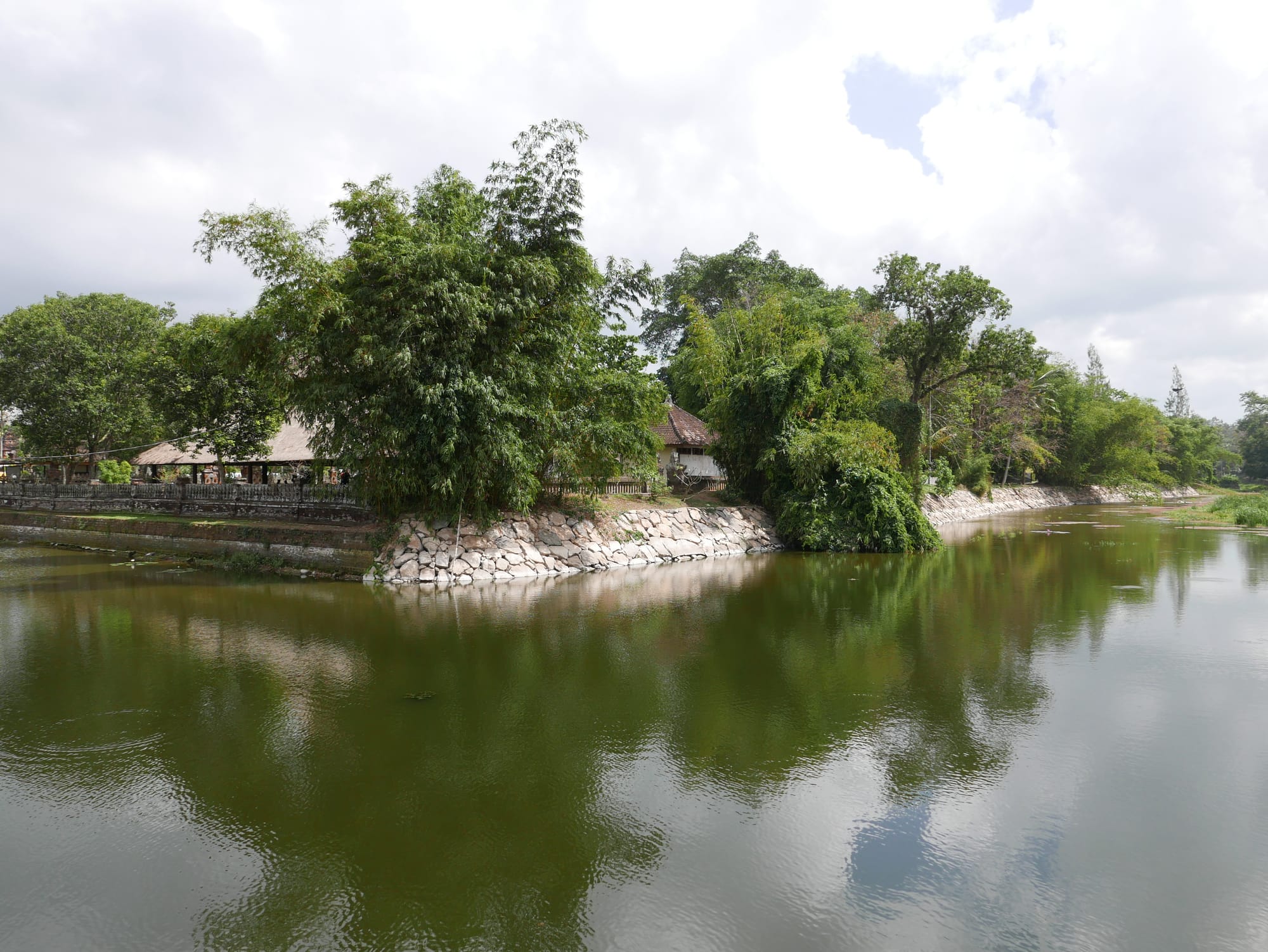
The main entrance to the temple is across a small bridge over the moat and through a split gate.
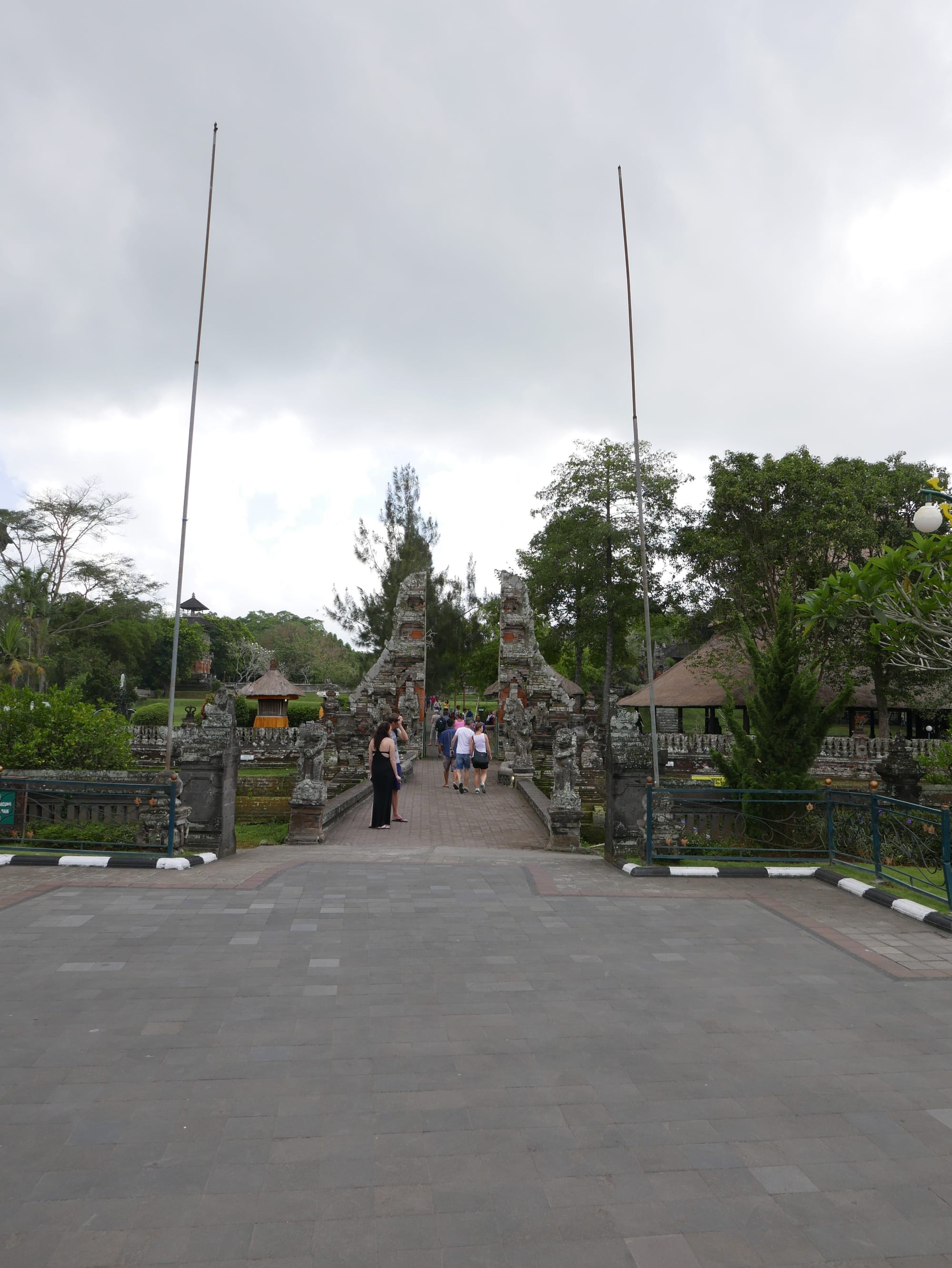
When I visited, only part of the moat was full of water, with the other sections drained for repair.
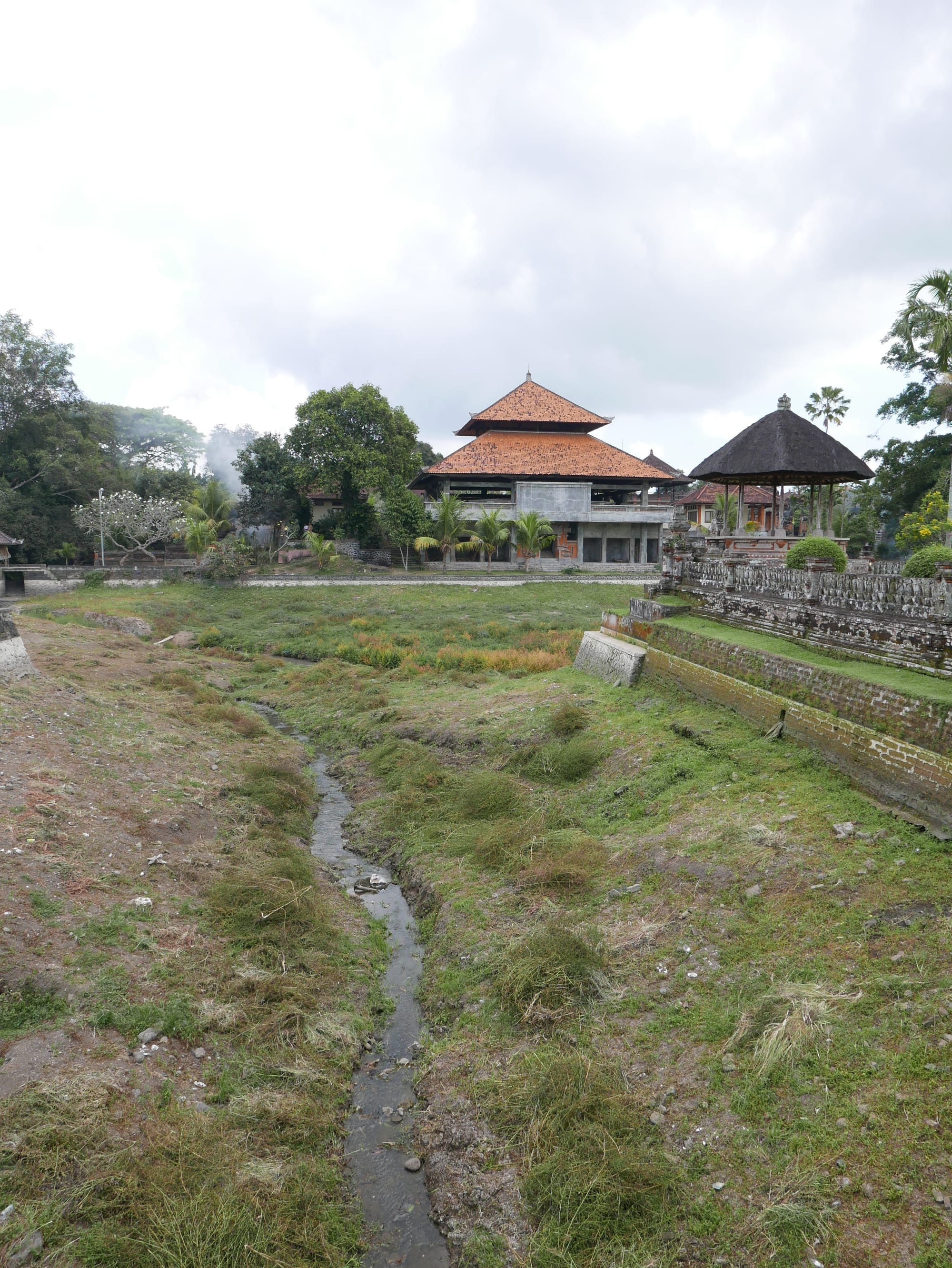
The split gates you find in Bali are fascinating. I loved the complexity of the gate design and the clean ‘cut’ down the middle for the entrance. You can almost imagine the gate being built as a whole, being sliced in two, and then the two halves being dragged apart to form the entrance. I thought the symmetry of it all was fantastic.
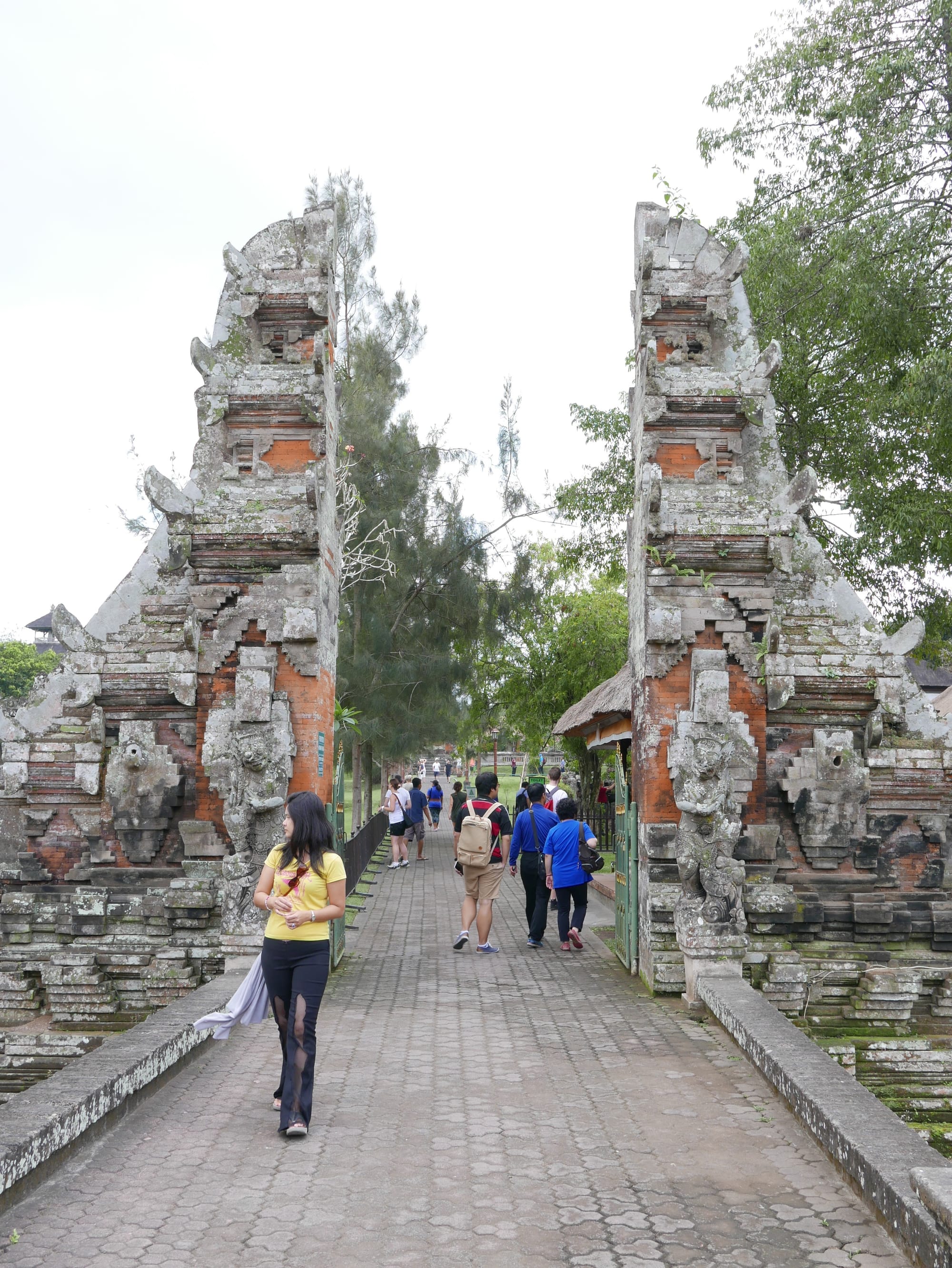
I was also impressed by the sculptures in the temple. They were stunning. The detail in the sculptures was astonishing, and when combined with the weathered look of the stone, the lichen, and the moss, they looked great.
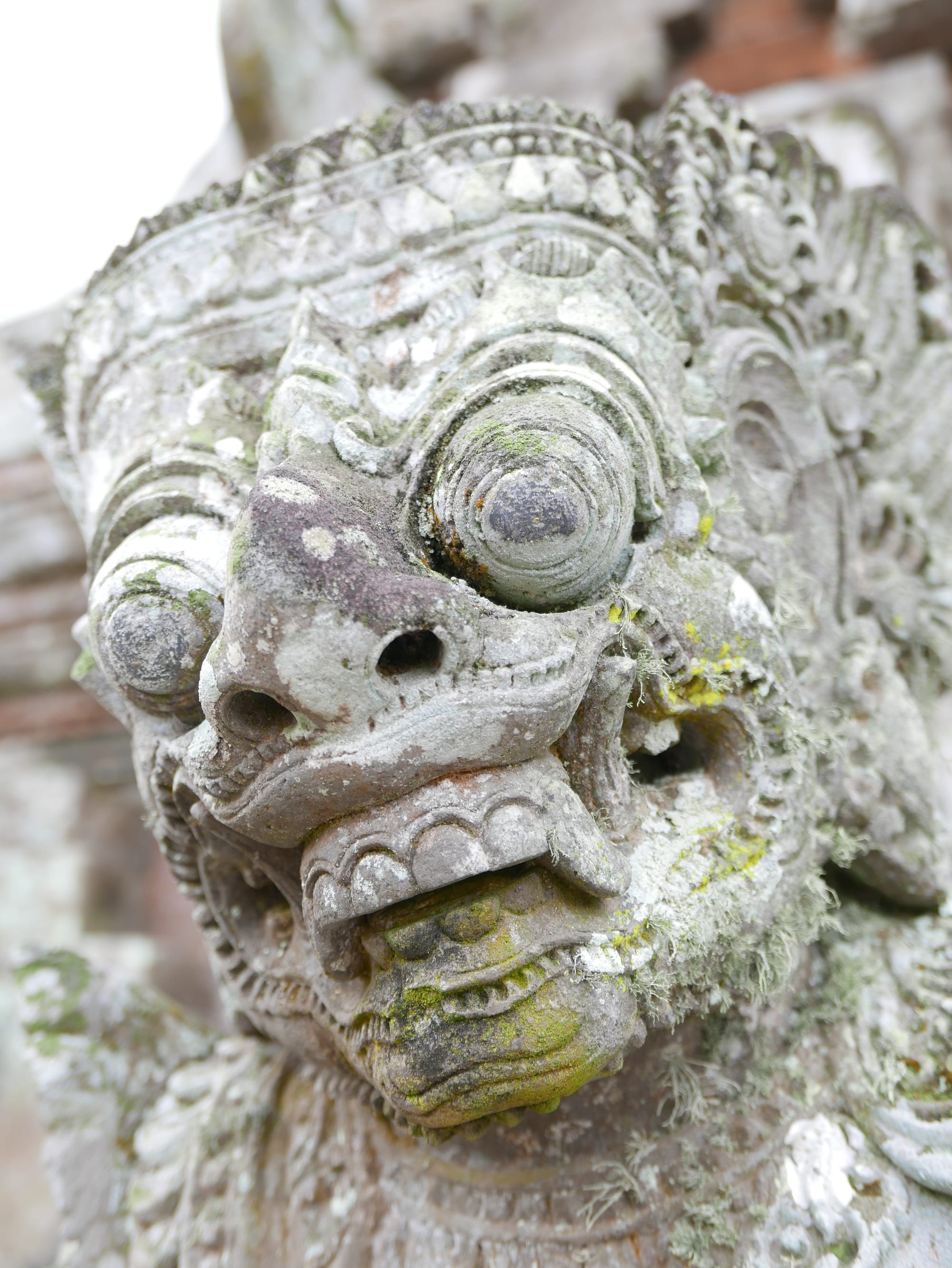
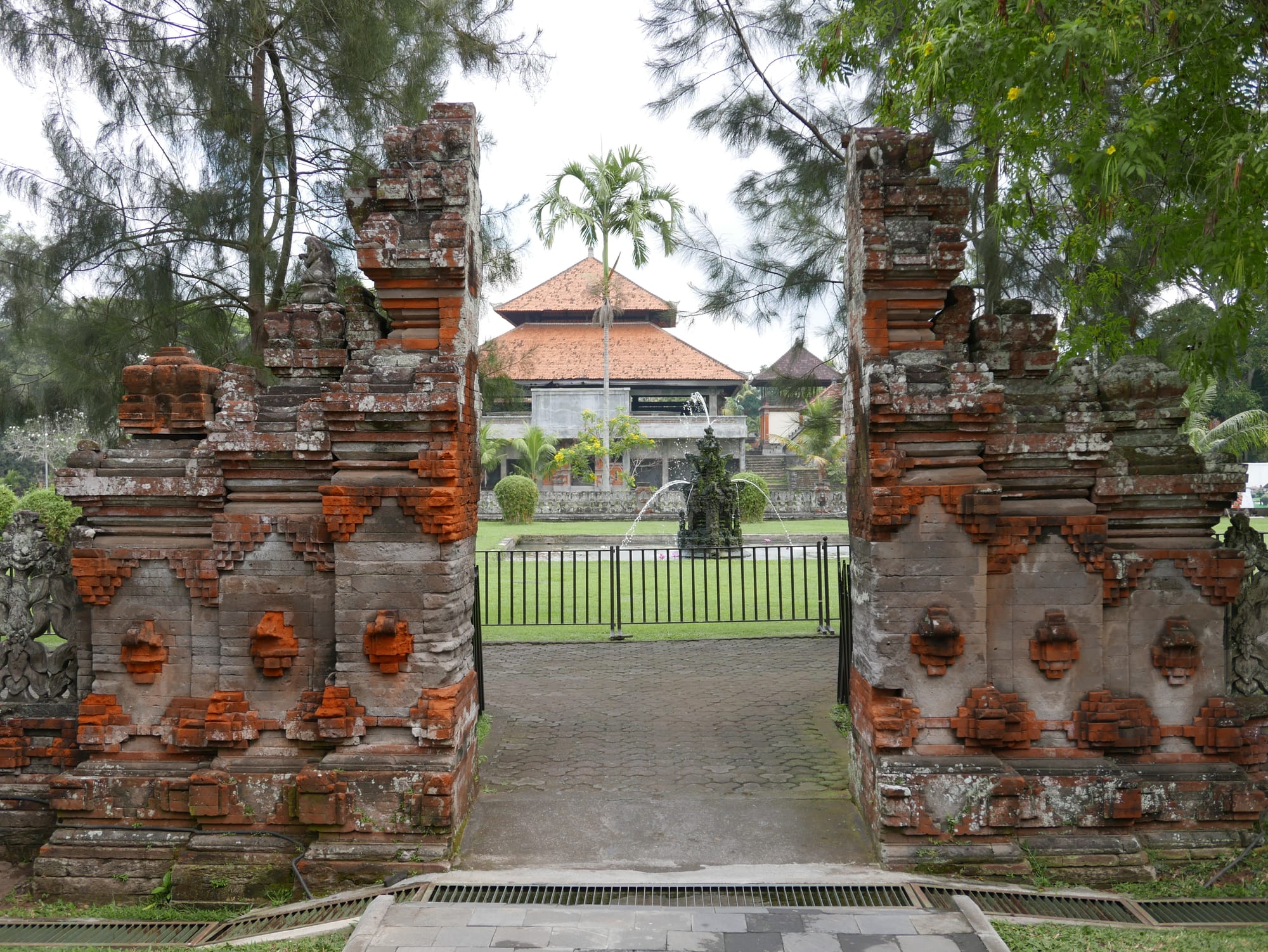
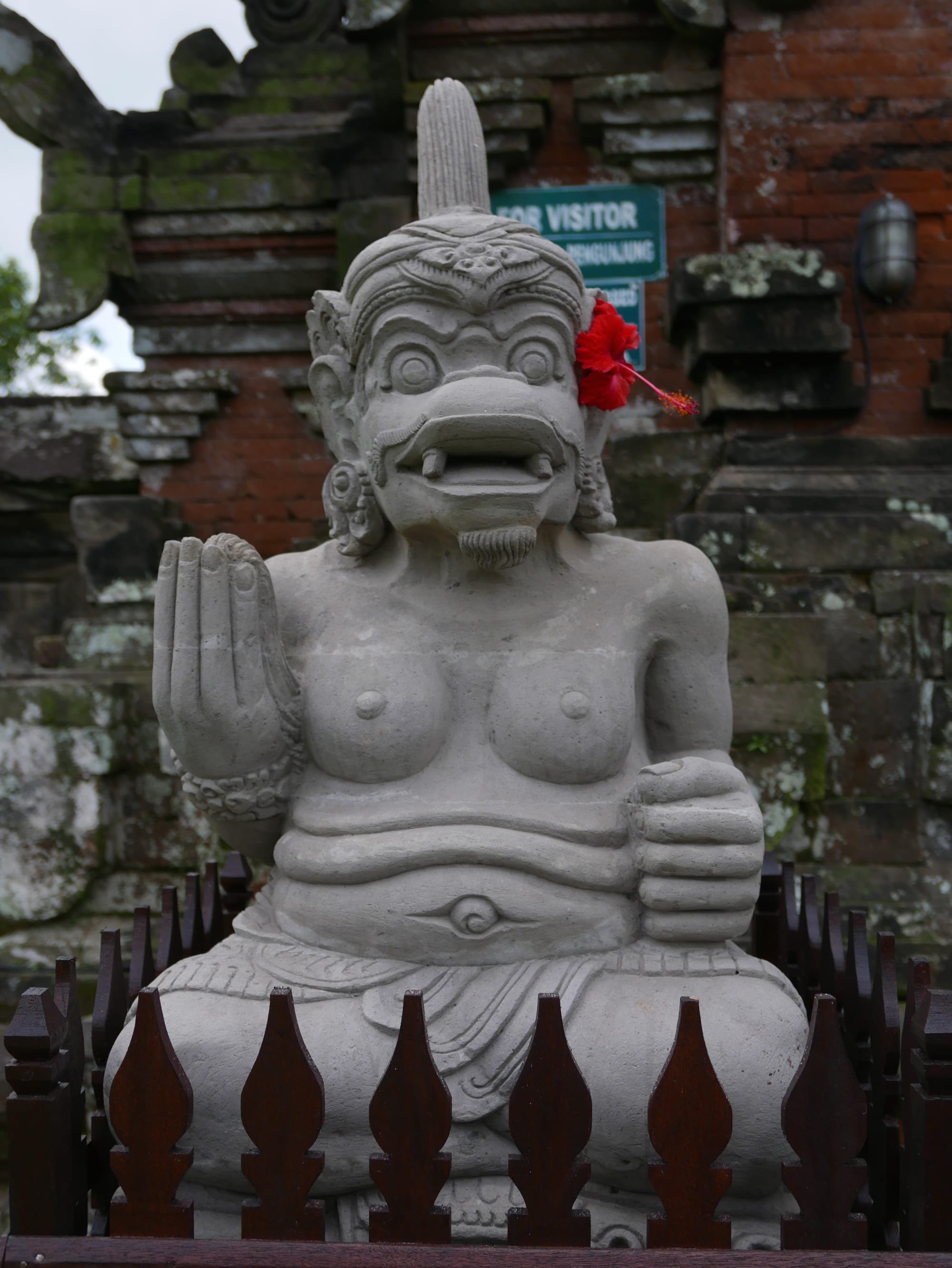
Finally, at the centre of the temple complex is the "Utama Mandala” (the highest circle), which was, like the main temple complex, surrounded by a moat. You cannot enter the Utama Mandala.
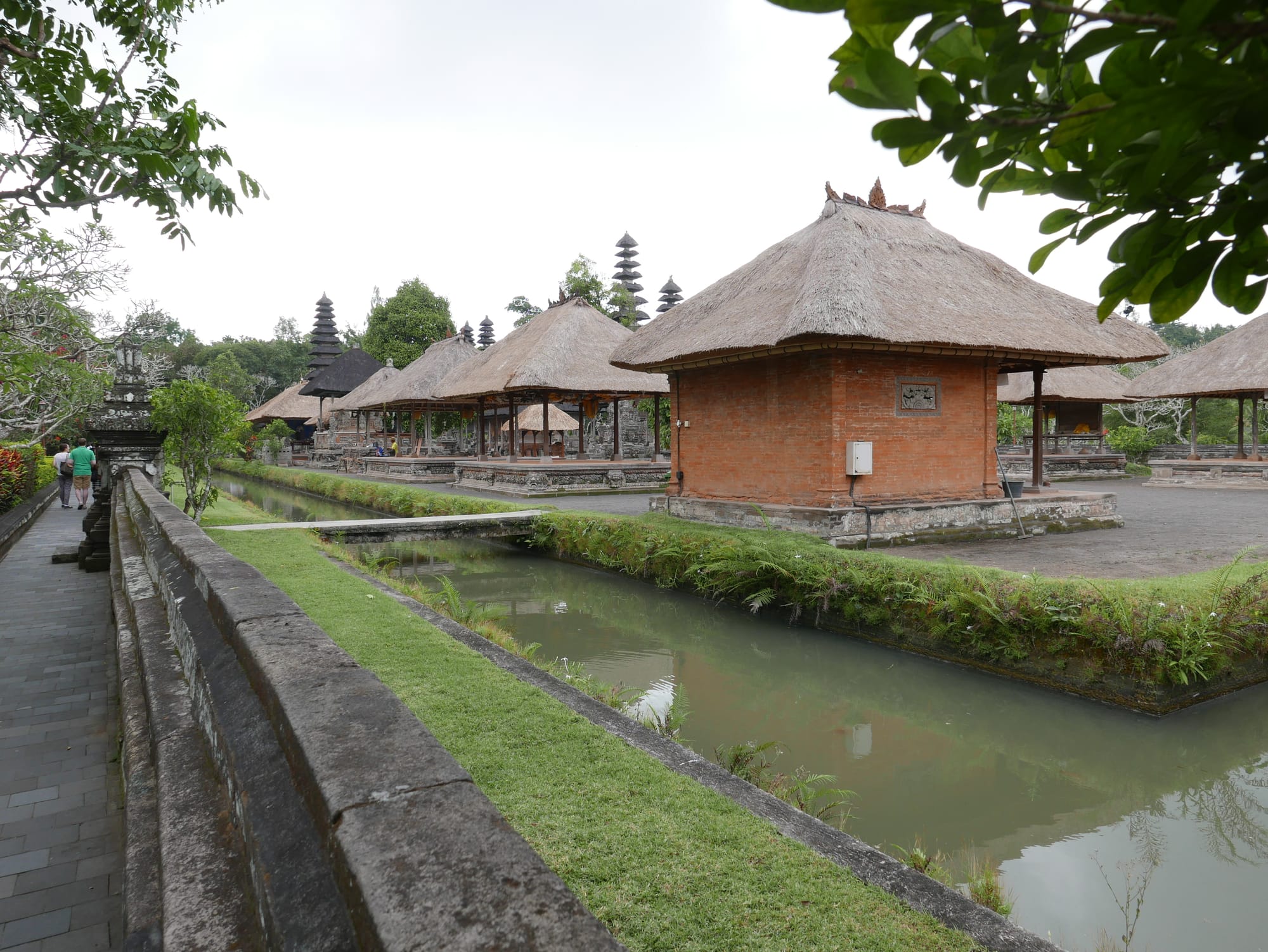
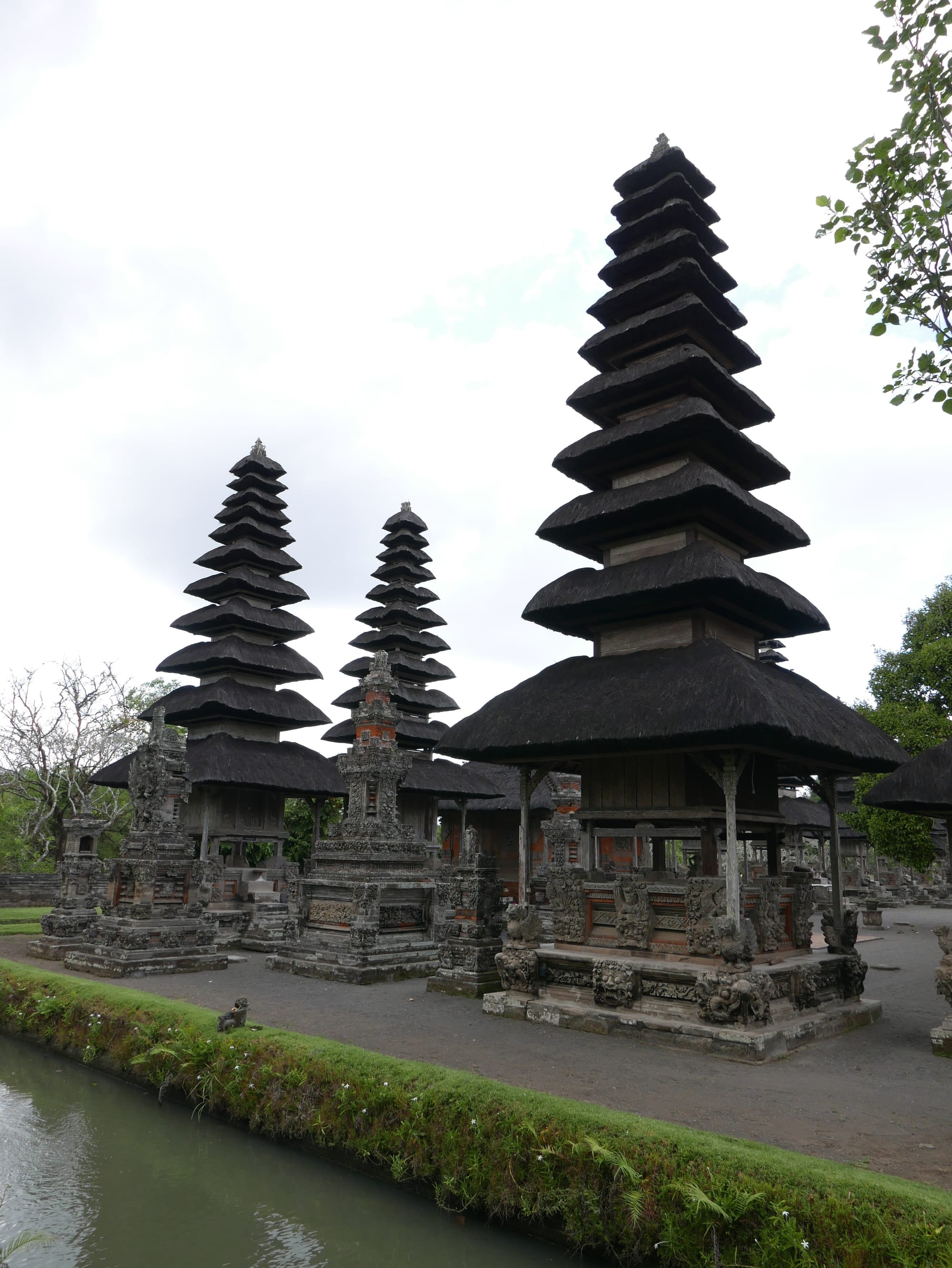
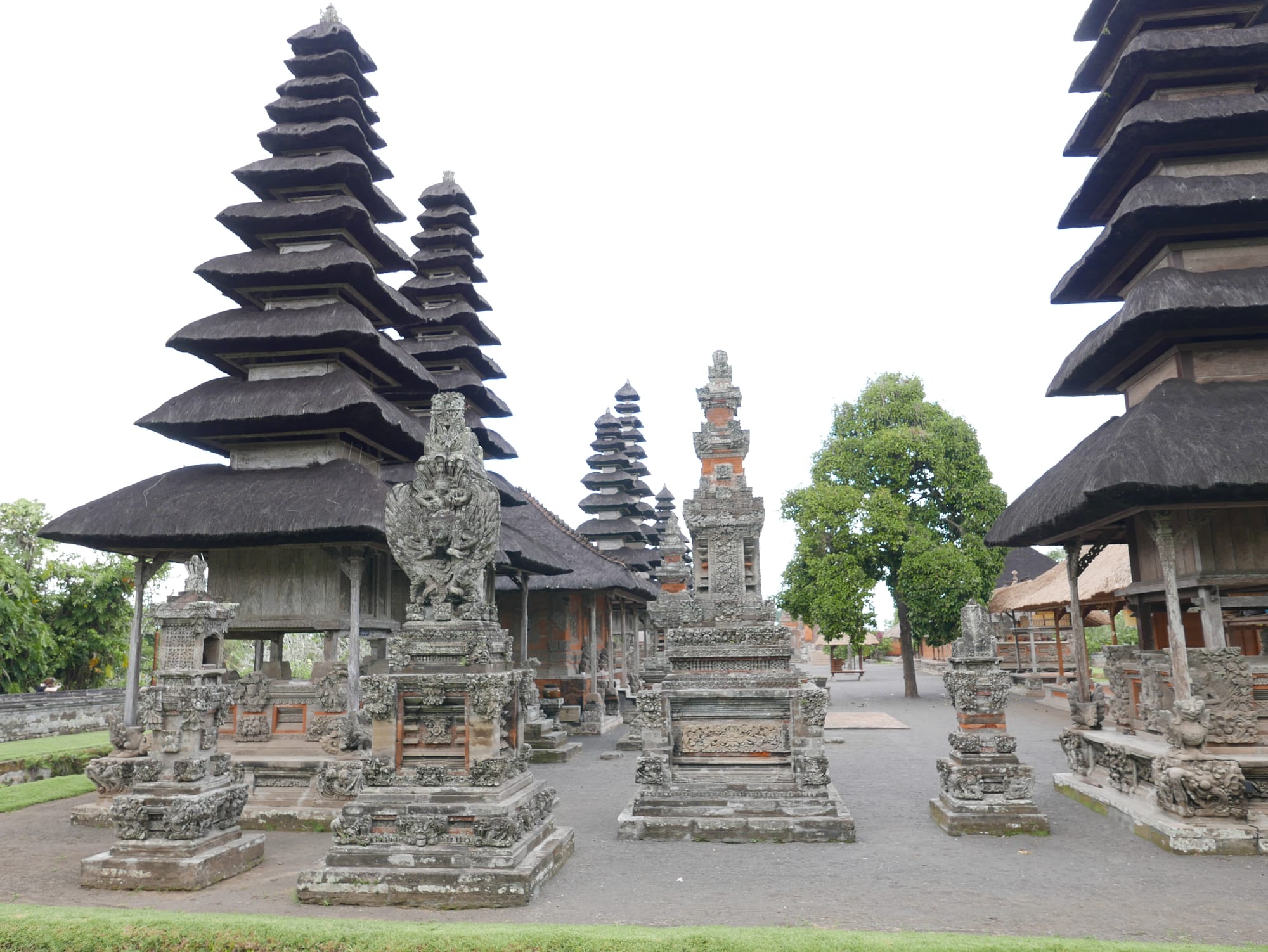
The gardens were very nice and relaxing, or they would have been if it wasn't for the sound of heavy machinery repairing the waterways around the temple.
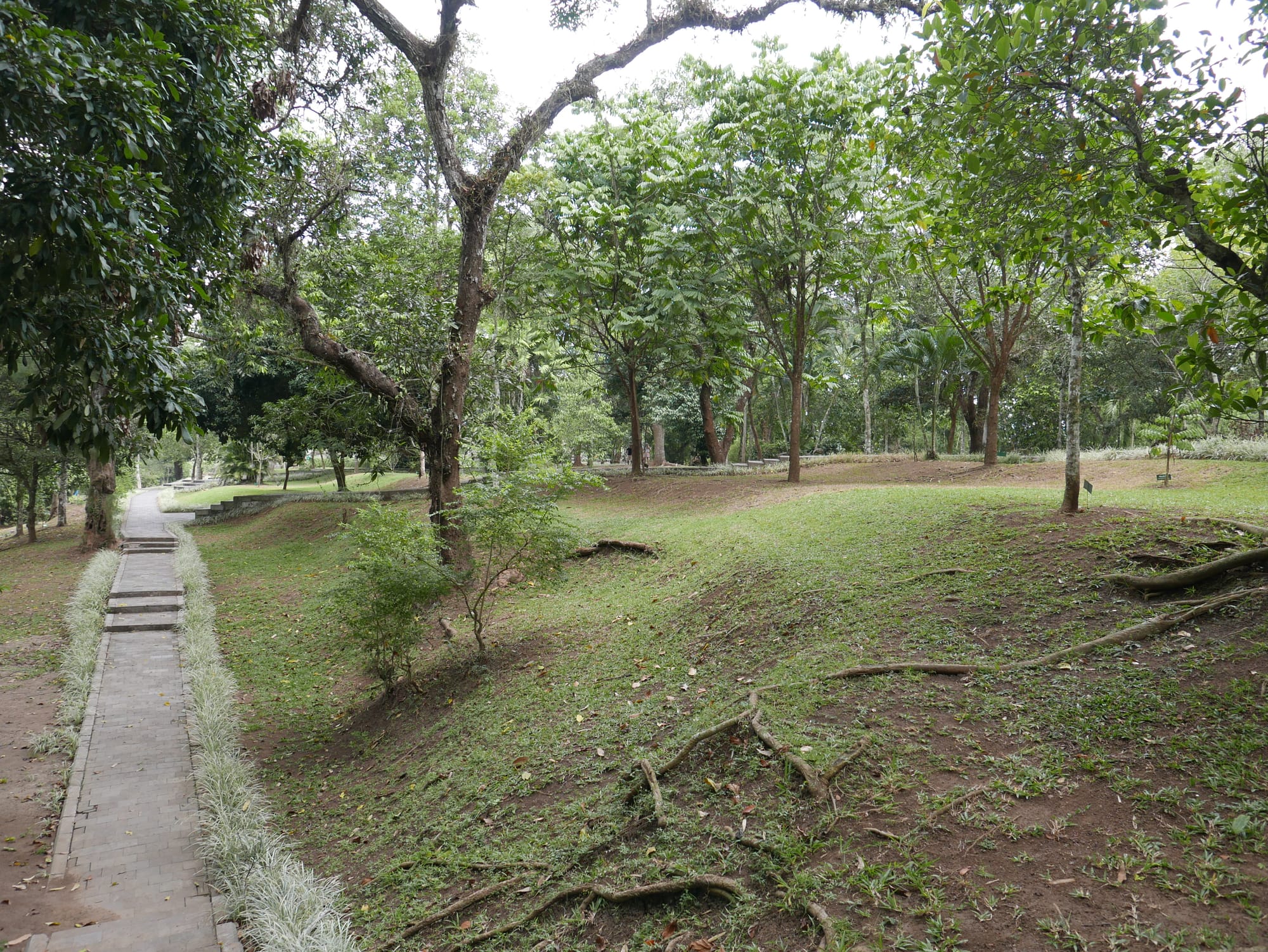
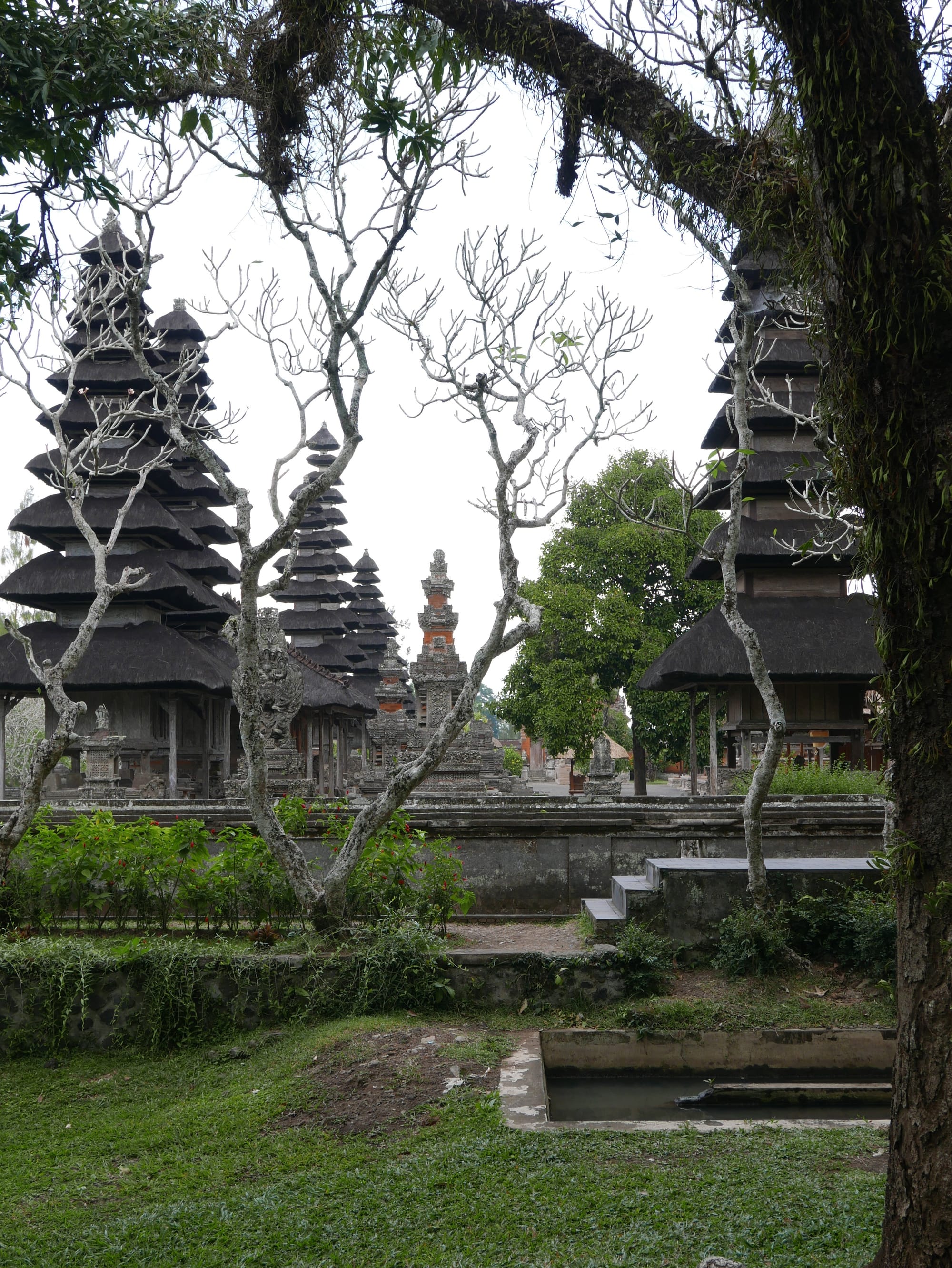
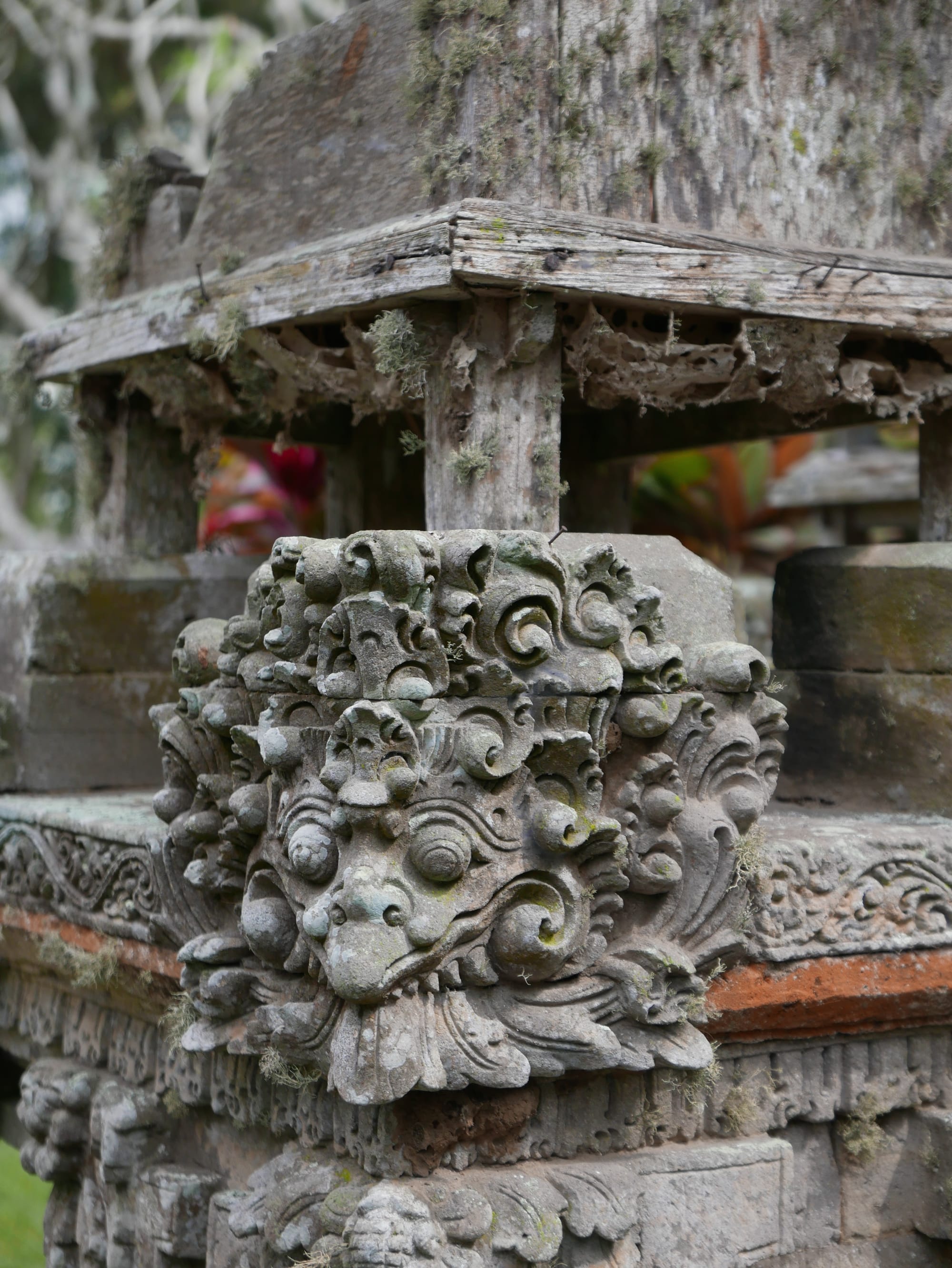
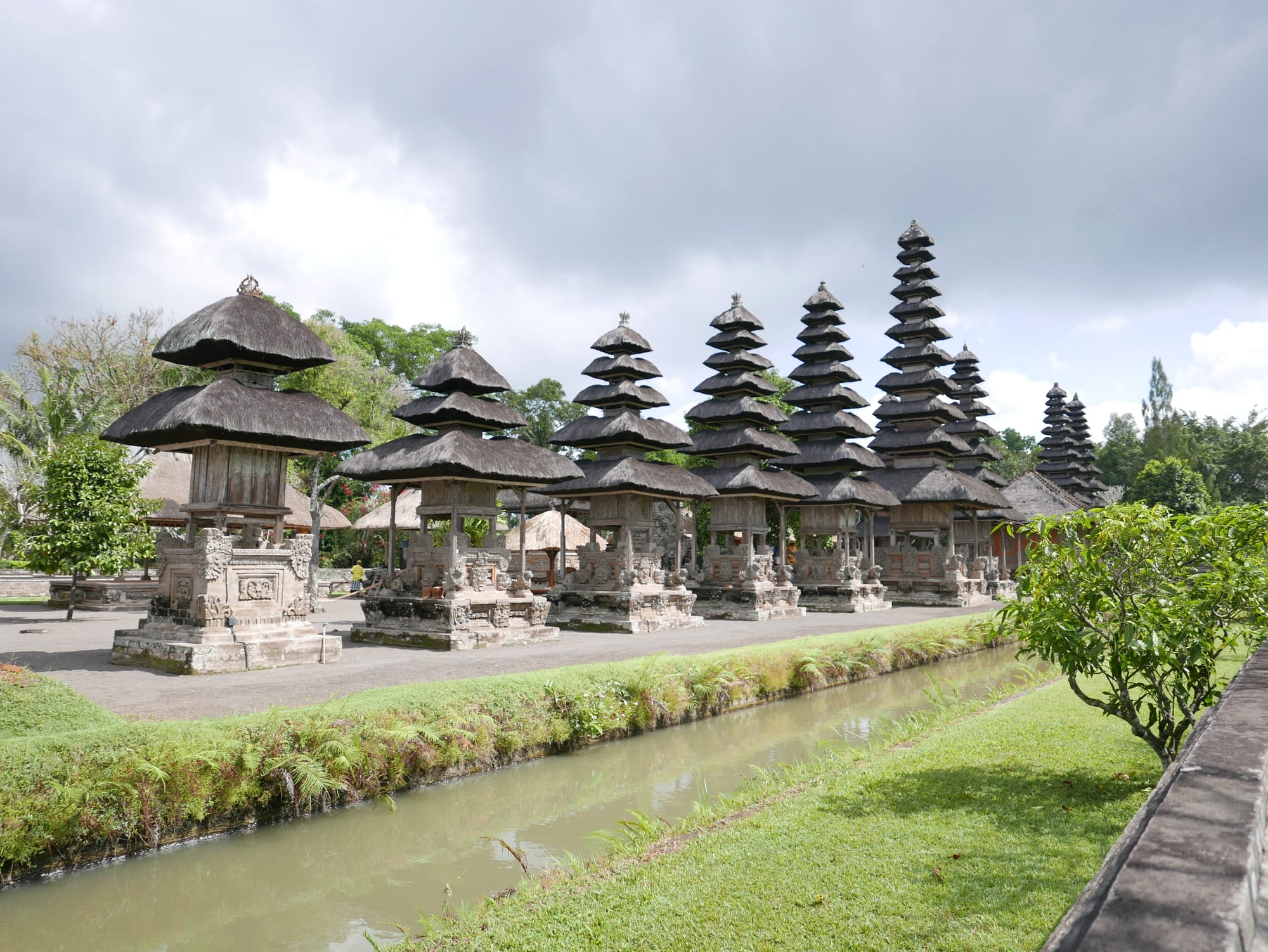
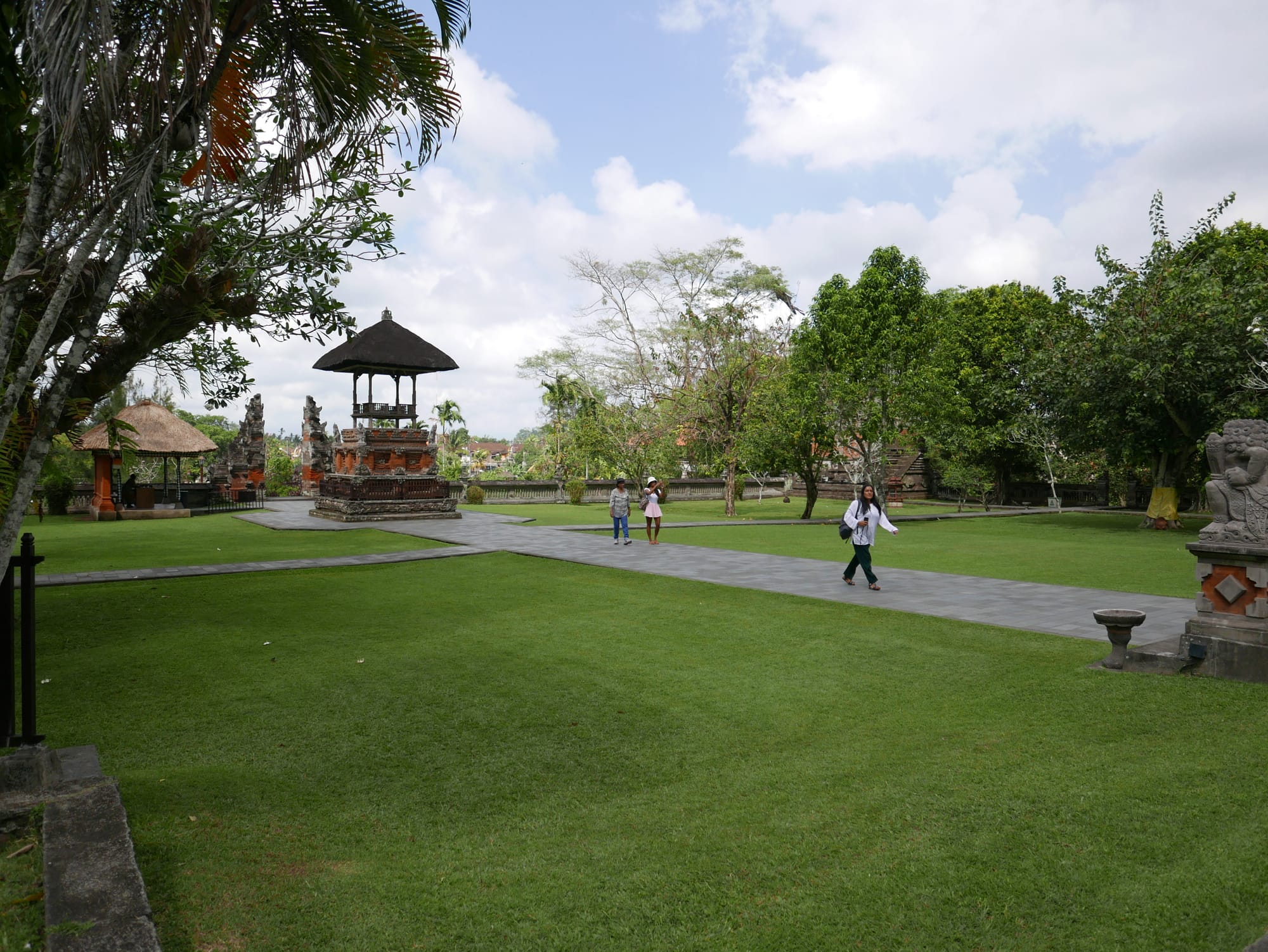
The entrance to the “Utama Mandala“ (the highest circle) — which you cannot enter — is through the Kori Agung (Paduraksa) gateway.
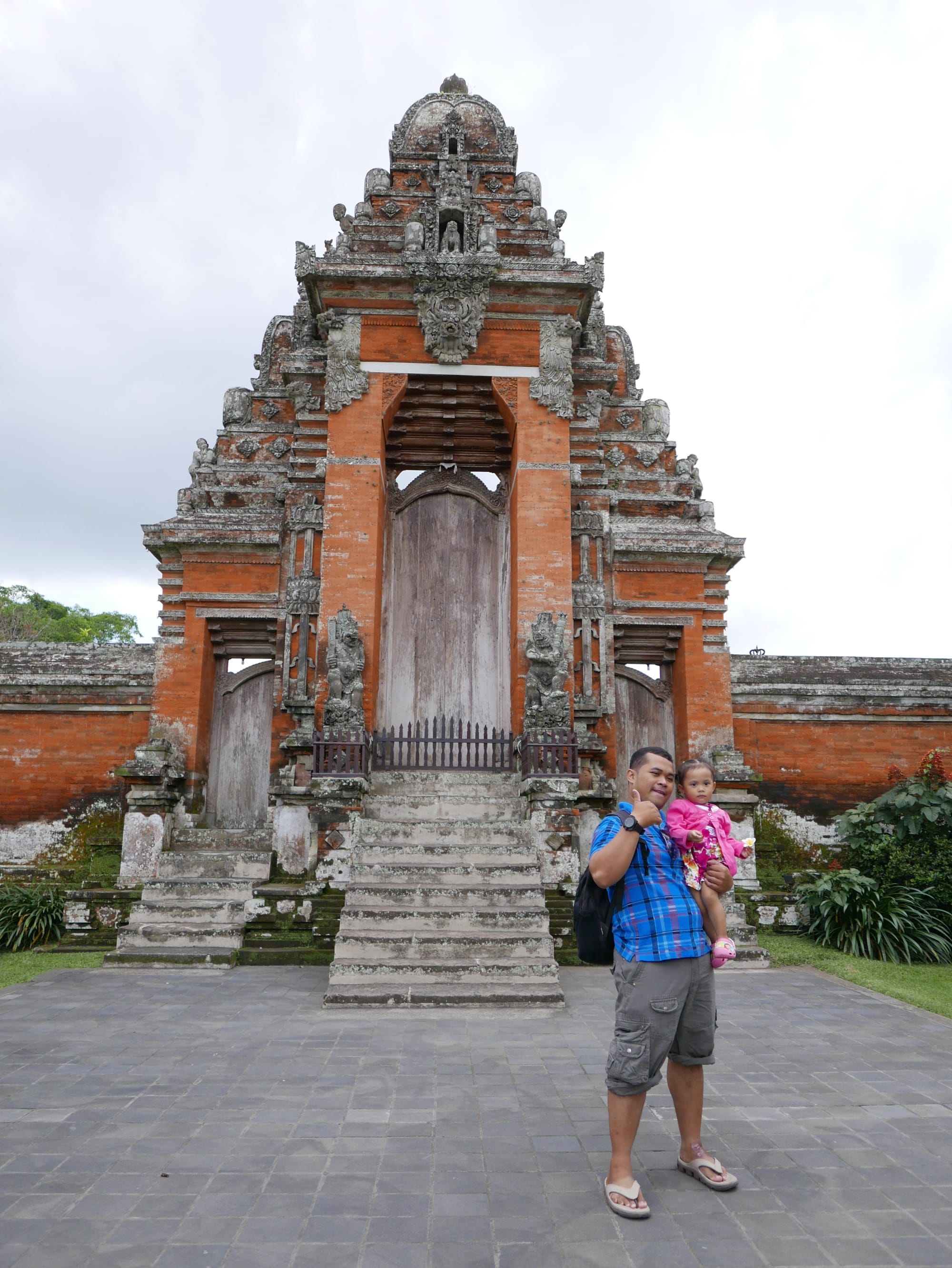
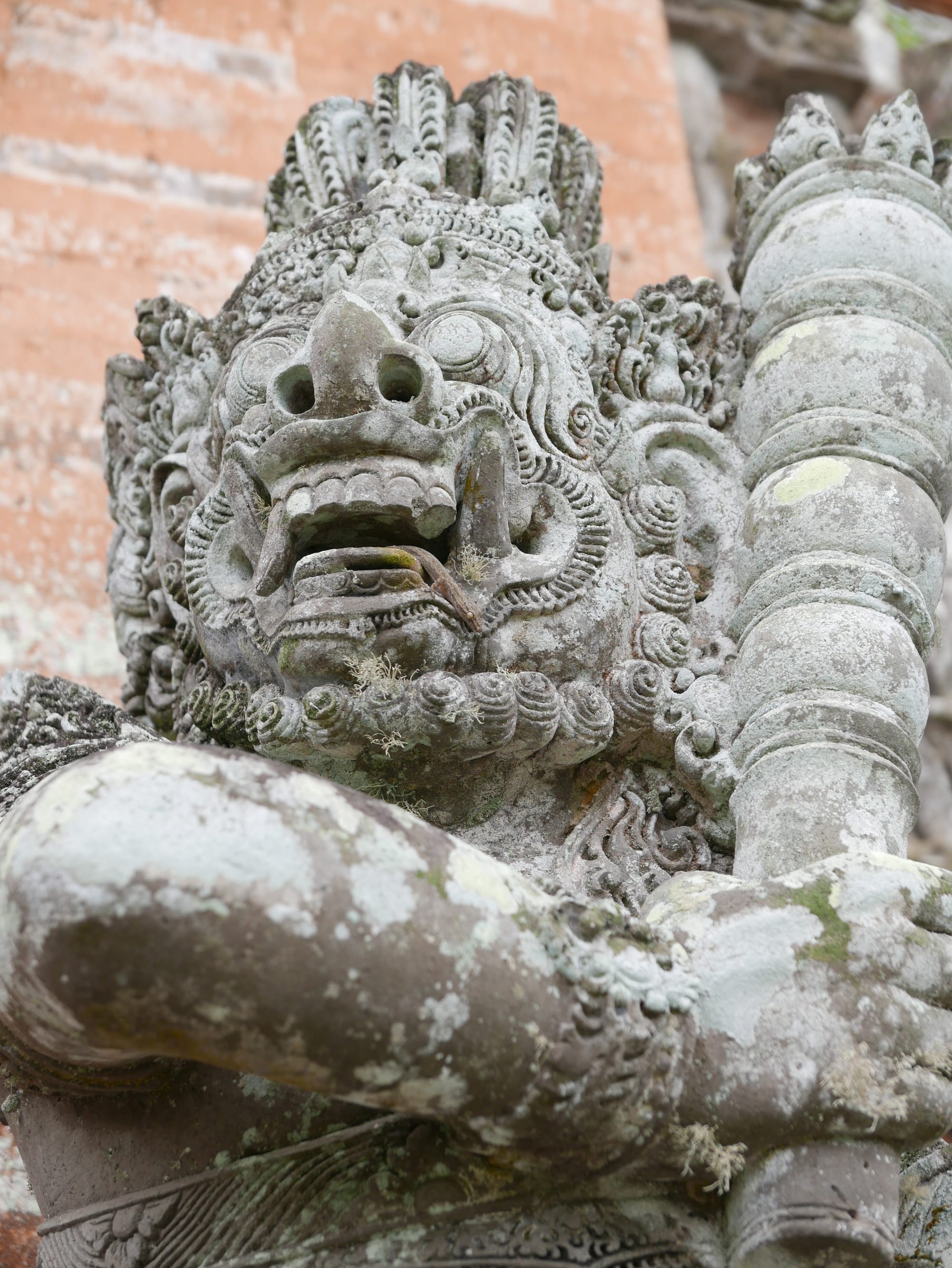
In one corner of the temple, I came across a painter and possibly some of the loudest cicadas I had ever heard.
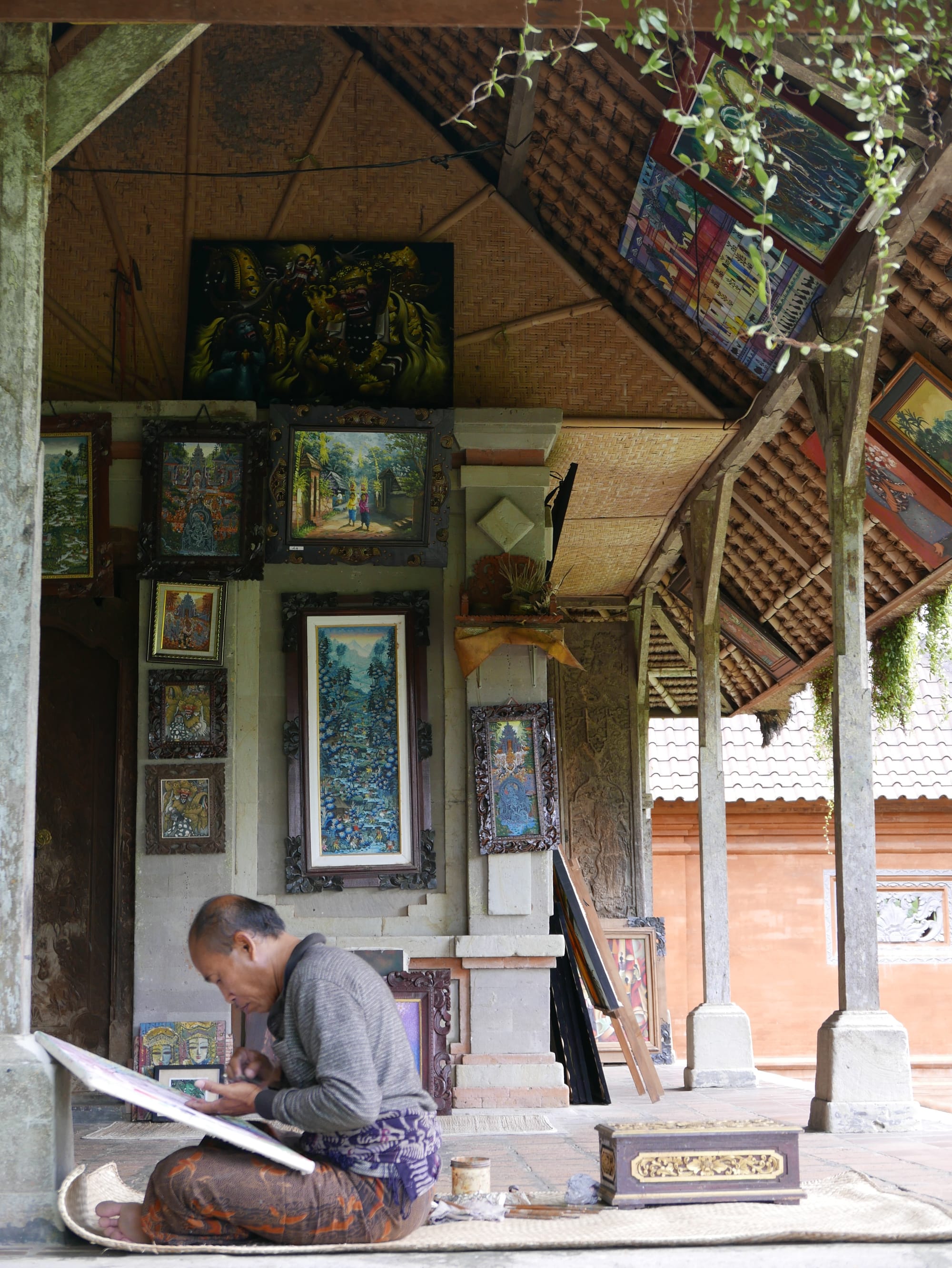
The artwork was very impressive.
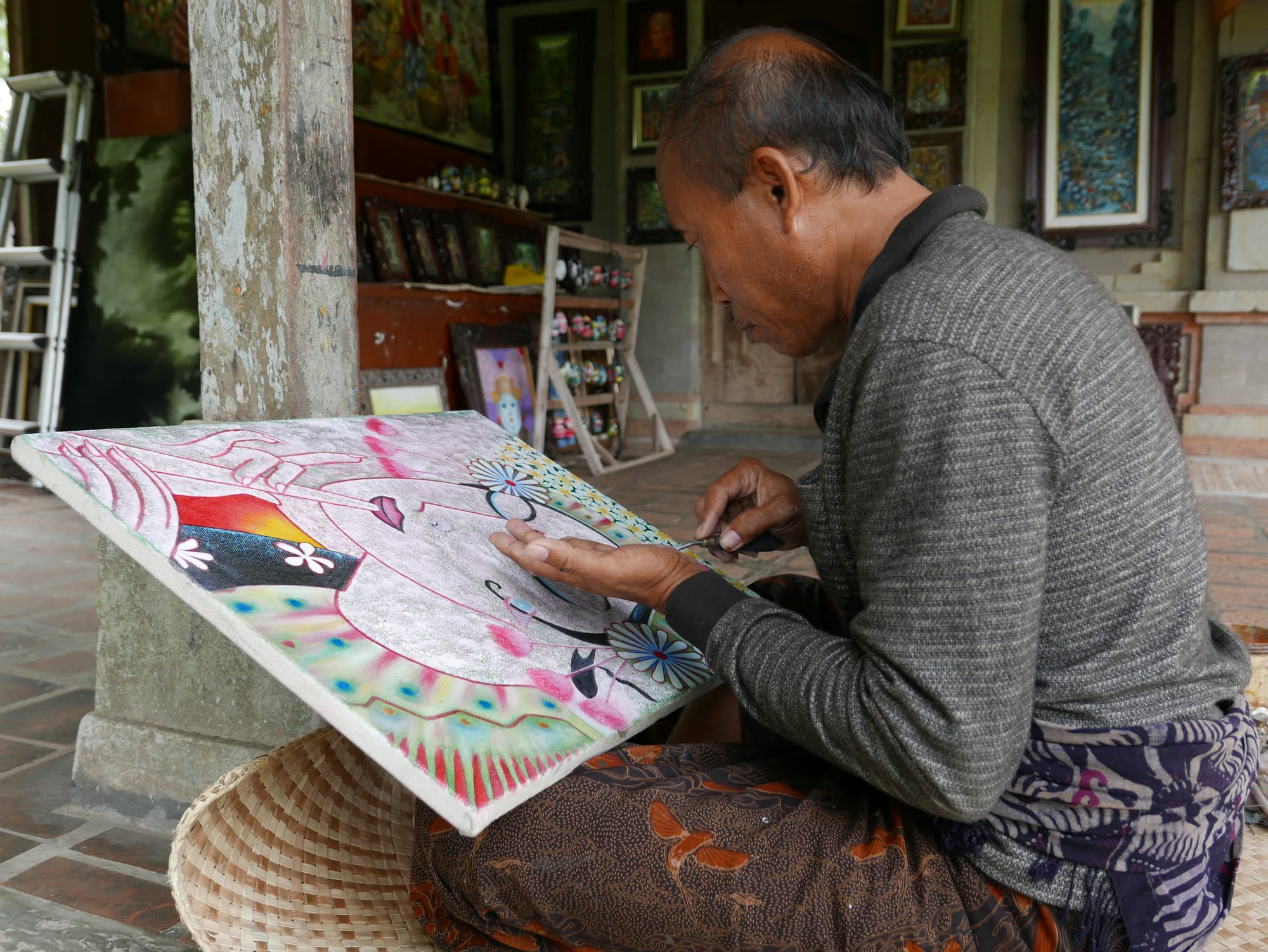
And it was great watching him slowly apply the paints to the canvas.

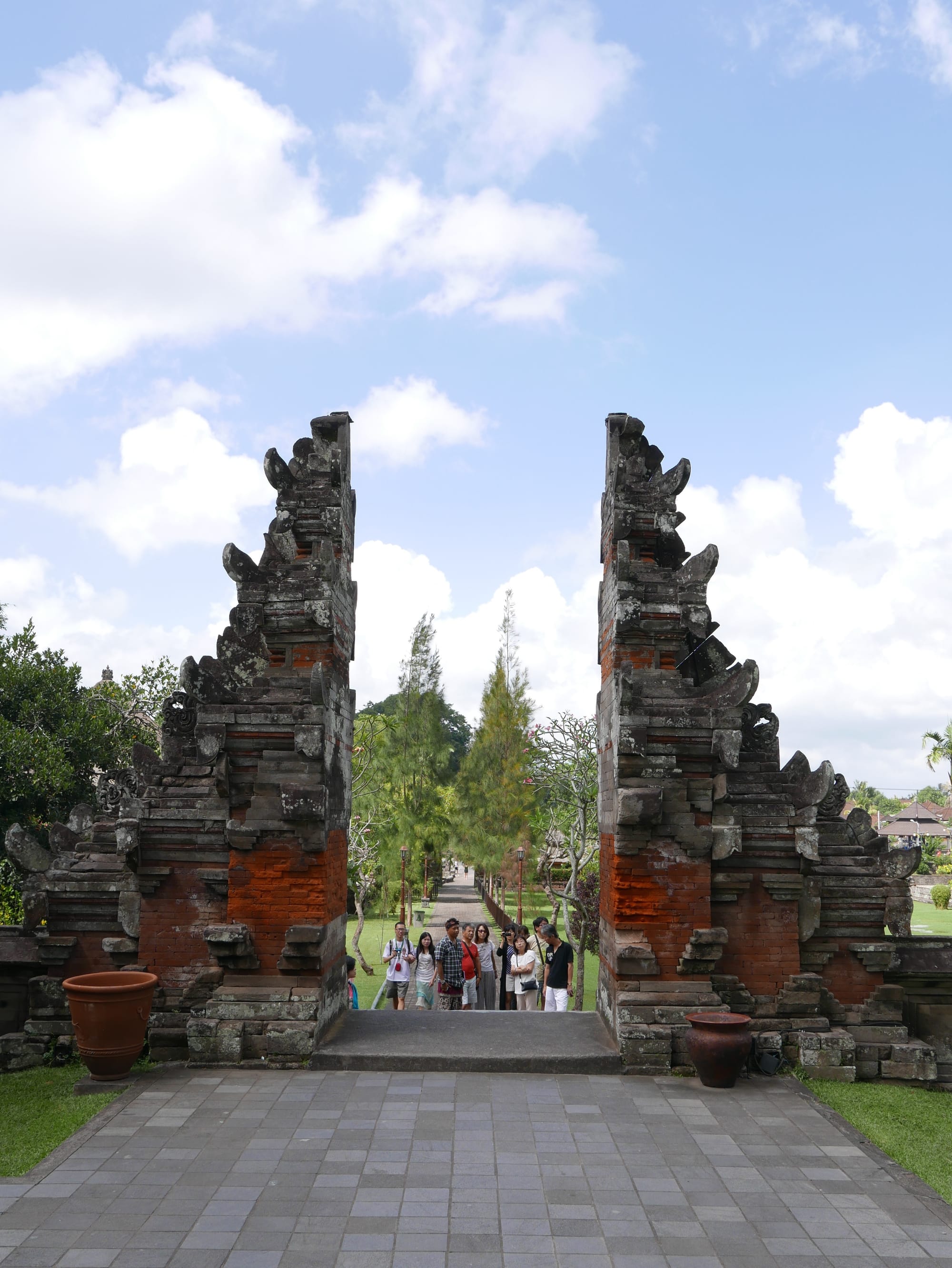
I spent around an hour exploring the temple. It was, at the time, the first temple I had visited in Bali, so I was unsure what to expect, but what I saw was very impressive, and I particularly liked the relaxed atmosphere in the complex.
